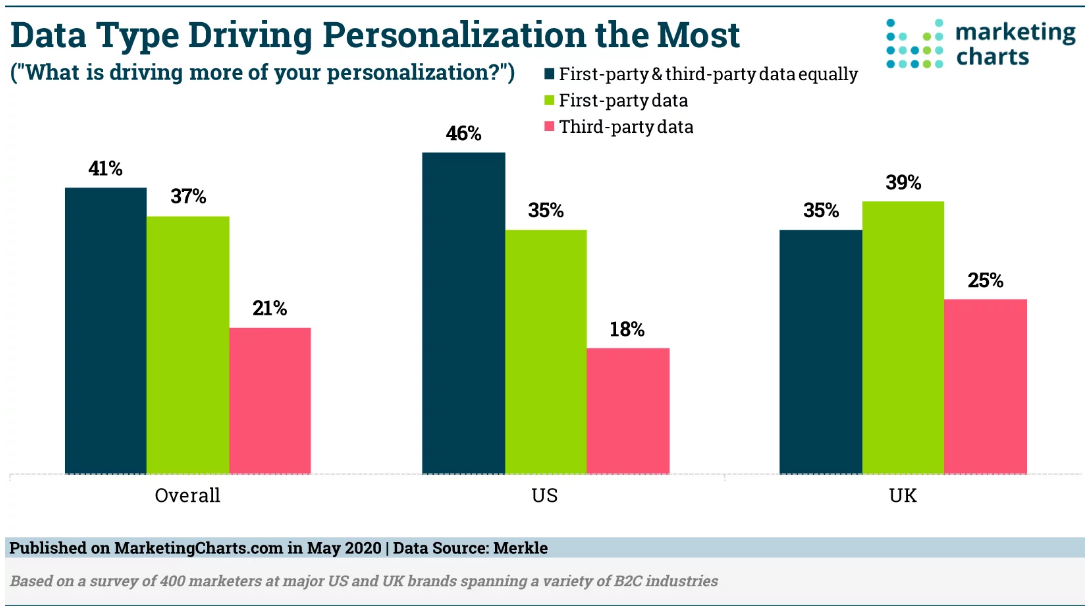Next year will bring more innovation in audience targeting, as artificial intelligence (AI) technology combined with first-party consumer data support programmatic buying among a wider variety of media channels. Advancements in artificial intelligence and machine learning will make the technologies a more central part of reaching consumers among devices including smartphones, tablets and connected TVs.
Media buyers can expect to see “the application of more advanced algorithms to optimize programmatic media much more holistically,” George Manas, president and chief media officer at OMD USA, a unit of Omnicom Group, said in this interview with Beet.TV. “That’s bringing a degree of precision, scale and automation that is truly new and unique in the programmatic marketplace.”
Artificial intelligence describes a range of technologies that enable machines to handle more advanced problem-solving tasks, while machine learning refers to algorithms that improve automatically through experience. When applied to media buying, the technologies can help to analyze vast quantities of data and make quicker decisions on shifting budgets quickly, especially in an automated environment of programmatic ad placements.
“With the convergence of digital and linear in this new streaming world, there are more opportunities in these streaming environments to execute programmatically,” Manas said. “That is going to open up tremendous opportunities for advertisers who historically may have been overly dependent on much more of a fixed, static video trading model. Programmatic is going to become the way that all media gets traded and transacted moving forward.”
First-Party Data Gain Value
To hone their targeting and improve personalization of their messaging, advertisers are undertaking massive efforts to collect more first-party, deterministic data about consumers. The need for opt-in data has taken on a greater urgency as consumer privacy laws get stricter, exposing marketers, media channels and technology companies to the possibility of facing billion-dollar fines.
Apple, whose U.S. market share in smartphones and tablets is about 40%, next year will ask customers for permission to provide device identifiers to third parties, a necessary step in tracking viewing habits in apps for the iPhone, iPad and Apple TV streaming device. Because most consumers are likely to opt out of sharing their Identifier for Advertisers (IDFA), tracking will become more difficult. Meanwhile, Google announced plans to end support for third-party cookies in its Chrome browser, a key way for millions of U.S. consumers to reach the internet, as early as 2022.

Source: MarketingCharts.com, Merkle
“We’ve got a little saying: ‘There’s no party like first party.’ That is a foundational piece to this new reality,” Manas said. “In addition to first-party data, there’s a wealth of other available data sources and signals that can help fill the holes and gaps that historically have been occupied by IDFA or cookie. Location data is a really great example of a data signal that is extremely valuable for advertisers, especially those that are operating both in an offline and online commerce approach.”
Advertisers also have more ways to reach consumers through programmatic media buys as content providers offer a broader range of placements among premium quality content instead of remnant inventory that’s deeply discounted.
“We’re seeing more top-tier publishers and inventory providers make more of their content available programmatically,” Manas said.
You are watching “Media In Transition: How AI is Powering Change,” a Beet.TV leadership video series presented by IBM Watson Advertising. For more videos, please visit this page.
































